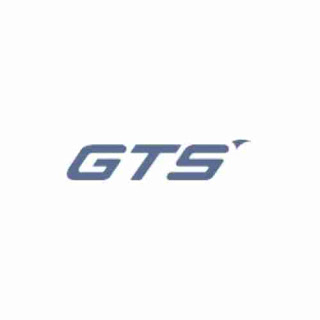AI Data Annotation Service For Machine Learning
The AI Data Annotation Service to images are made to support various models of machine learning. Bounding box is utilized in an image annotation to aid in computing vision. In the preparation of data sets for machine learning training the bounding box annotation allows AI programs to learn to identify objects that are present in the world. When using the bounding-box image annotation with rectangular shapes, they are built around the video or image frame by marking the edges to facilitate object detection learning. In video bounding box annotation frames-wise annotations are made. Consumer and retail businesses are entering a new phase of technological advancement, that is centered around intelligent automation, driven through Artificial Intelligence and intelligent use of machines. Artificial Intelligence-powered intelligent automation is becoming implemented at a rapid rate by large global brands as well as retailers, and the trend has reached its peak over the last few years. With huge quantities of data and increasing consumer demands those who are the early adopters Artificial Intelligence (AI) in the retail sector are experiencing an increase in customer loyalty and better results for bottom line.
Ensuring High-accuracy Image Annotation
In recent times Image annotation has been a major part of the process to aid in Computer Vision tasks; basically to let the machine know what the image's about. An image annotation requirement may be both complex and straightforward according to the requirements of the business. Image data may be in 3D or 2-D, and also video or text-based. Deep learning will require the the processing of large amounts of information at a higher speeds compared to machines learning algorithms. The use of bounding boxes to aid in deep-learning training is not new.
Bounding Box annotation includes best practices that guarantee high-quality data.
1. The perfect outlines of an image can make the accuracy of data classification during annotation. The possibility of any kind of gaps when making the bounding box may hinder the learning process.
2. Pay attention to box sizes to avoid opposition. When dealing with large objects, a polygon-based image annotation yields superior results.
3. Boxes that overlap should be avoided to ensure accuracy in learning the model.
4. Diagonal objects should be classified by using polygons since the bounding box can be used well for smaller or medium-sized images that are included in the dataset.
5. Use appropriate annotation tools to make annotation. Create test sets and verify the model's performance.
6. Determining the classes to be used during annotation is essential. Make sure that the classes are in line with the learning model prior to beginning.
Once the data has been created and accumulated in accordance with predefined classes, the ML phase begins. ML engineer divides the annotated datasets according to the algorithmic requirements.
What is Video Annotation?
The process of analysing the video, marking it with tags or marking and the labeling of video data is known as an annotation of videos. The process of accurately in identifying and labeling videos is known by the term video annotation. It is used to create an input to be used by deep learning (ML) and deep learning (DL) models to train on. Simply put, humans review the video and mark or label the data according to predefined categories in order to create the data needed for training model-based machine learning.
How Video Annotation Works
Annotators employ a variety of techniques and methods for video annotation, which are necessary for annotation. The process of annotation for video can be lengthy because of the necessity of annotation. The video may contain up to 60 frames in a second, meaning that annotation on video takes longer than annotation of images. This requires the recourse to more complex or sophisticated data annotation tools. There are many ways to mark up videos.
Also Read: Why Data Annotation is Important for Machine Learning and AI?
1. Single Frame: With this method, the annotation splits the video into thousands of images and then adds annotations, one by one. Annotators are sometimes able to complete the task using the ability to copy annotations from frame-to frame. This is a lengthy process. However, in other cases in which the motion of objects in the frames in question is not as dynamic and less dynamic, this could be a better option.
2. Stream video. In this technique annotator examines the video frame stream by using the specific functions of the annotation tool. This is more efficient and permits the annotator to identify objects when they move into frames and out, which allows the machines to better learn. As the annotation tool for data market grows and vendors expand capacities of their tools this process becomes more precise and frequent.


Comments
Post a Comment